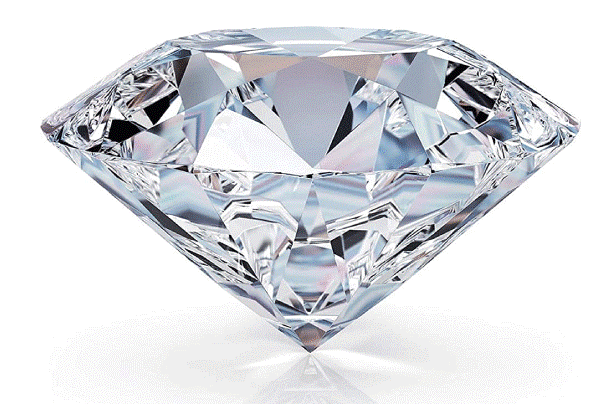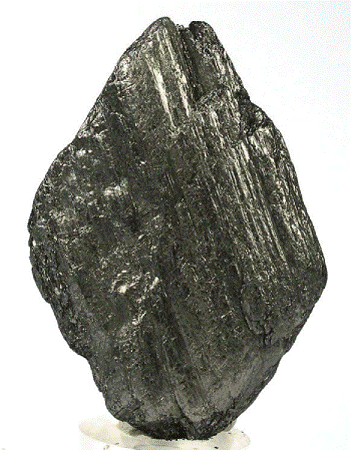Differences Between Graphite and DiamondWhat is a diamond?The carbon allotrope known as diamond comprises sp3 hybridized carbon atoms and is exceedingly stable. The face-centered cubic crystal structure refers to how these carbon atoms are arranged in a diamond. Every single carbon atom in this compound is linked to four additional carbon atoms, and these additional carbon atoms are connected to four additional carbon atoms. The formation of a network structure gives the diamond its hardness and stability. Diamond has a colorless, glossy look. Covalent bonds are the only kinds of chemical bonds that connect carbon atoms. The sp3 polarized carbon atoms there are joined together by bonds. Diamonds are known for their high levels of light dispersion. Diamond is utilized in jewelry manufacturing and industrial applications because of their hardness and light dispersion. The earth's hardest mineral that has ever been discovered is diamond. A clear, highly hard substance, diamond has a greater melting point and doesn't conduct electricity. 
What is Graphite?The carbon allotrope known as Graphite is composed of sp2 hybridized carbon atoms. It is an effective electrical conductor. A bond joins three carbon atoms with one carbon atom. Three additional atoms are connected to these carbon atoms, creating a network structure. The graphite crystal structure is planar. Graphite is a greyish-black color. The material is opaque. Graphite is soft. When touched, it feels smooth and slippery. The carbon atoms in Graphite have non-hybridized p orbitals since they are sp2 hybridized atoms. Every one of the carbon atoms consists of a single non-hybridized p orbital. As a result, an electron cloud can be created by mixing several free p orbitals. Parallel to Graphite's planar structure, the electron cloud is generated. This electron cloud causes the electrical conductivity of Graphite. There are numerous industrial uses for Graphite. The use of graphite powder as a dry lubricant is common. An electrode is made of a solid material called Graphite. For instance, the anode of lithium-ion batteries is made of graphite electrodes. A typical refractory substance is Graphite because it can sustain high temperatures without chemically altering. In pencils, Graphite is utilized. 
Applications of Diamond
Applications of Graphite
The Difference between Diamond and GraphiteDiamond And Graphite are among the most intriguing minerals. While physically they are different, they are still chemically same since both are made of carbon (C). Polymorphic minerals retain the same chemical but have different crystallographic forms. Their hardness is a significant physical distinction. Using a scale from 1 (softest) to 10(hardest), the Mohs Hardness Scale is used to compare the hardness of minerals (hardest). The hardness of Graphite, which ranges from 1 to 2, is quite low. Diamonds, which have a hardness of 10, are the strongest known naturally occurring substance, and the hardness of 10 is unique among all naturally existing materials. The physical characteristics of Graphite's crystal structure make it possible to use it as pencil lead and lubricant. The physical qualities of diamonds that we value and use for industrial and jewel purposes are also a result of their crystal structure. Let's distinguish these two elements based on some of their inherited parameters.
Finally, the two carbon compounds, diamond and Graphite have various physical and chemical characteristics. Graphite is a soft, opaque electrical conductor with low heat conductivity, while diamond is a hard, clear electrical insulator. These contrasts in characteristics make the diamond and Graphite valuable for different applications. Diamond is used in jewelry and cutting tools, while Graphite is used in lubricants, batteries, and other industrial purposes. ConclusionCarbon comes in two slightly distinct forms: diamonds and Graphite. Despite having different structures, they have the same components. A hard mineral is a diamond, whereas a soft mineral is Graphite. Graphite is present close to the earth's surface, but diamonds are discovered in the planet's interior.
Next TopicDifference between
|
 For Videos Join Our Youtube Channel: Join Now
For Videos Join Our Youtube Channel: Join Now
Feedback
- Send your Feedback to [email protected]
Help Others, Please Share










